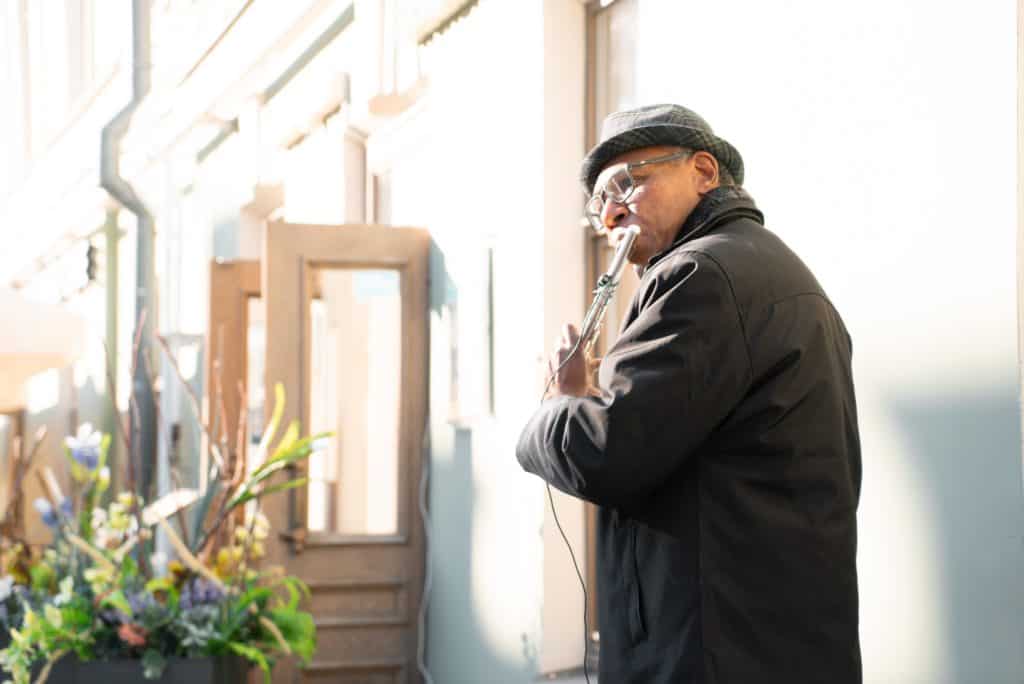How do we let the real needs and desires of a community lead a community health initiative? How can we strike a balance between best practices and the context we are operating in?
Amid COVID-19, we can see the need for both expert advice and ideas that are specific to a community. Thoughts that pop up from an impacted community are specific and place-based, while expert advice tends to be more general. Techniques for washing hands are applied across the world, but the best ideas for fighting social isolation tend to be population specific.
The World Health Organization said, “Assisting others in their time of need can benefit the person receiving support as well as the helper. For example, check-in by phone on neighbors or people in your community who may need some extra assistance. Working together as one community can help to create solidarity in addressing COVID-19 together.” This is great umbrella advice from a real expert. Yet, what it looks like on the ground depends on cultural norms and the needs of a community. In Italy, people have been singing, dancing and playing music with one another from their balconies. This idea was not implemented from their government, but rather, it bubbled up naturally from people wanting to connect with their neighbors and spread joy in a time of great fear. In the United Kingdom, local groups have been forming overnight across the country to help support those that are social-isolating. In one neighborhood with a high population of people without internet, residents have started a campaign to slip inspirational messages under resident’s doors. Those participating in the campaign follow strict sanitation guidelines to ensure there is no contamination of the notes.
I recently worked on a strategic plan to fight social isolation among aging adults in Amsterdam. My group worked closely with a community center that supported grassroots initiatives in the city’s most culturally diverse neighborhood, a local veterans’ home and government agencies that interacted with older adults. Through our research, we learned that the best answers came from other marginalized groups that have fought social isolation and from the aging adults themselves.
In the wake of COVID-19, community members wanting to help their aging population should remember to ask them what they need. Community-driven ideas are not inherently inclusive or always an accurate representation of the actual need. One way to assess power structures is to notice if those with the most privilege are the loudest voices in the room. If they are, what are some opportunities for others to make decisions and offer guidance? In a community meeting, it can be helpful to remember the “step-up, step-back” principle. Those that are the first to speak can help by staying quiet, so individuals that may not feel like they have the space to share can courageously offer a needed new perspective.
The environment we now find ourselves in is ripe for learning about inclusive community-led change. As we see more ideas spring-up from communities in this time of need, let’s take note of what leads to the best new ideas and how we can foster collective grassroots action in the future.
Alex Bethel (she/her/hers) is owner and principal of Alex Bethel Consulting. Alex has over ten years of experience leading community and organization engagement initiatives both in the United States and internationally.
Photo by Vlad Shalaginov on Unsplash.



